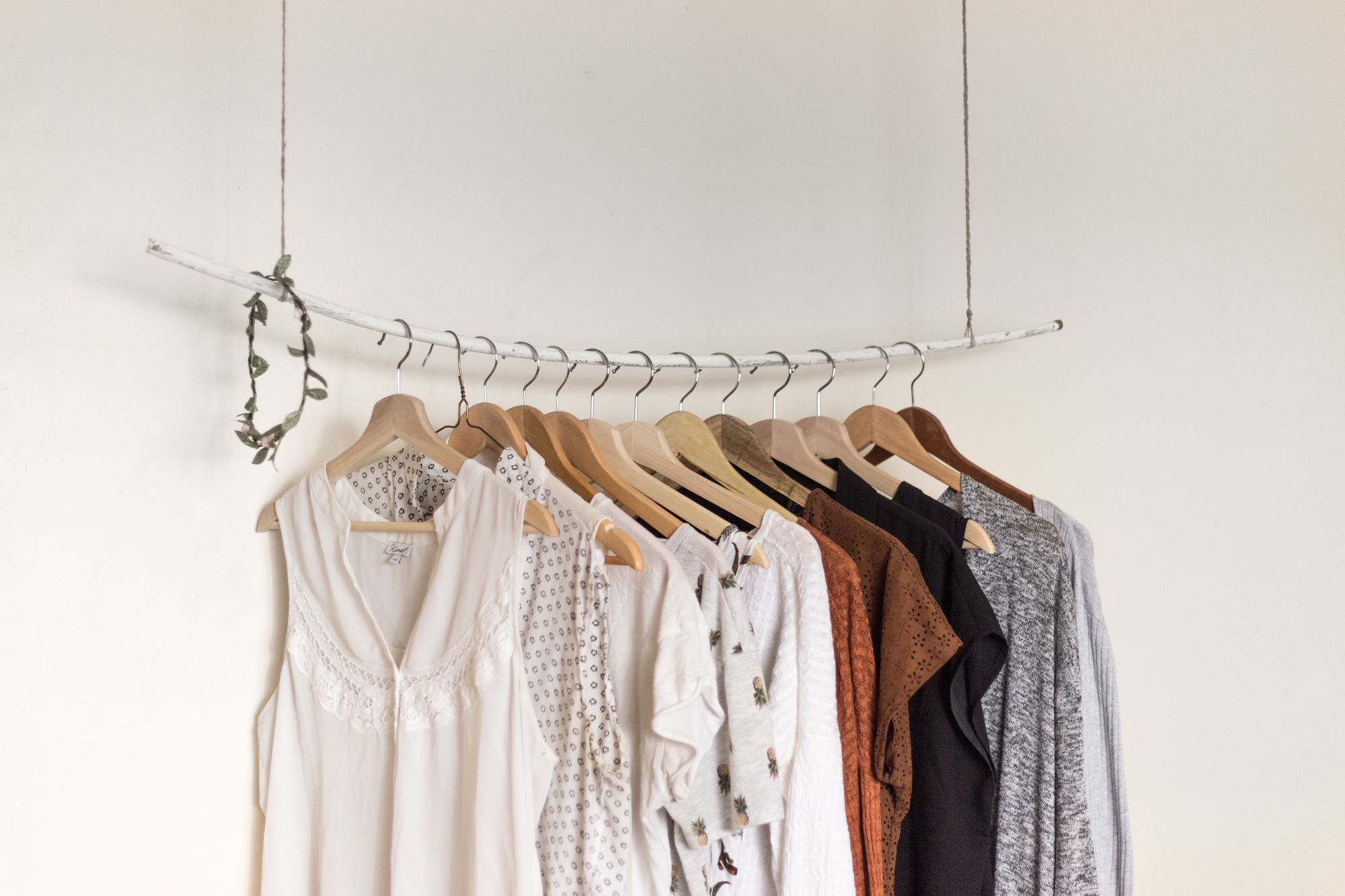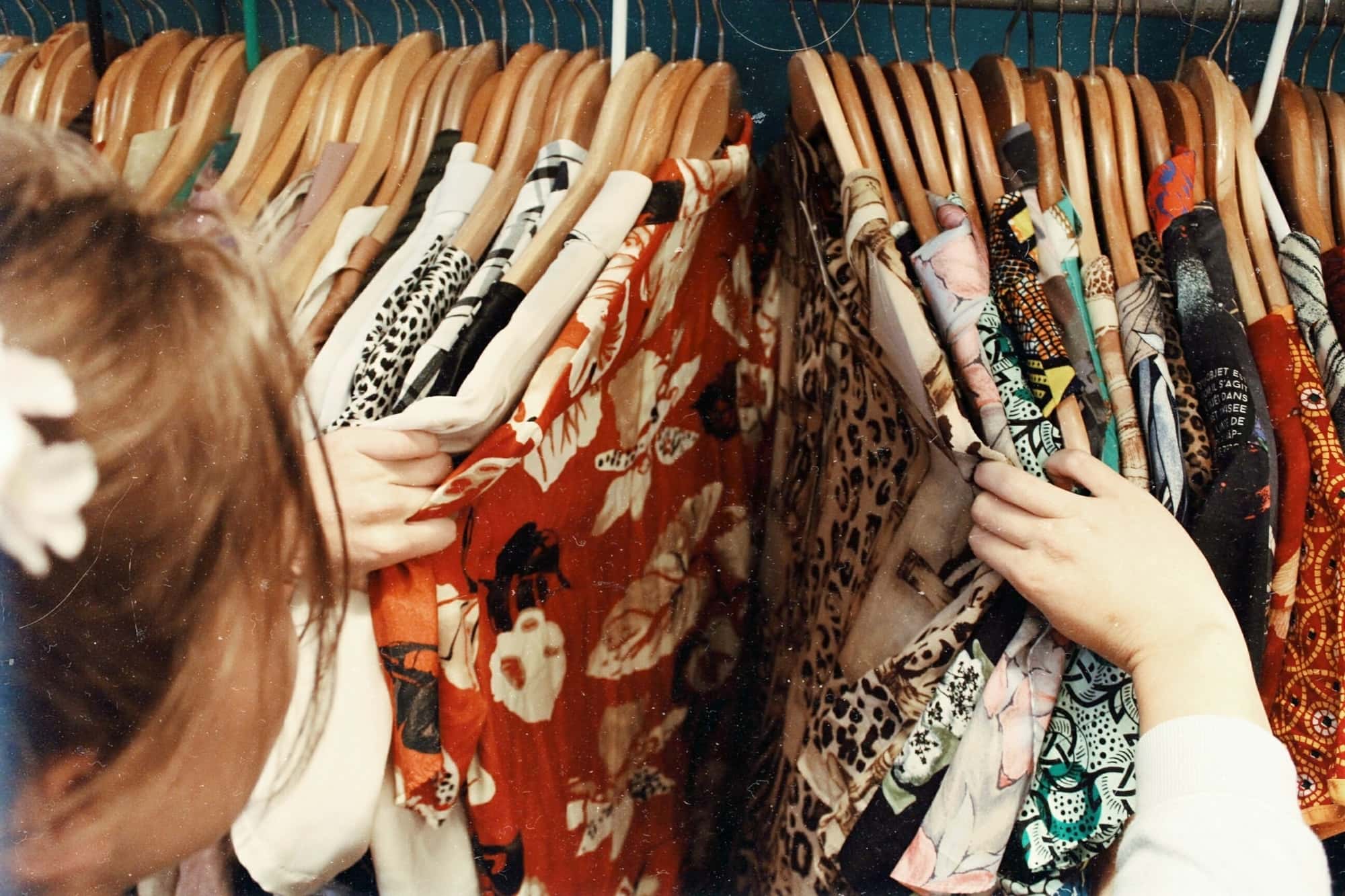Beneath all the glitz and glamour of the catwalk is the dark side of the fashion industry. Landfill overflow, microplastic pollution, and human rights violations are just some of the issues that plague the industry.
While governments and big companies should be responsible for regulating the industry, they cannot guarantee the conditions that their products were made in. The supply chain is so opaque and complex that you can’t be sure that every part of your purse or your dress is eco-friendly or is 100% ethical. Smaller brands are often able to be more transparent with their production chain due to their smaller production chain.
Brands are now all about ‘living consciously’ and ‘shopping ethically’. Just by buying from them, we are also showing that we are supporting these brands and their values to be more socially and environmentally responsible.
Shopping local
Fast fashion exponentially grew thanks to globalisation, giving you convenience, price and choice. Even a garment labelled with a “Made in…” labels could have passed through several countries before being assembled in mentioned country.
Shopping local reduces the carbon footprint required to bring in the items, whilst contributing to the local economy as their products would employ locals and use raw materials sourced locally.
In Singapore, this might seem impossible to be sustainable as we don’t have the resources for a production chain. Because of our close relationship to our neighbors, a lot of local sustainable brands work with partners in nearby countries to produce natural and eco-friendly products.
What you can do is be very selective with what you buy. When shopping, look out for fabrics like cotton, linen, and hemp as they are organic and will break down more easily. Avoid synthetic fabrics like nylon, polyester, rayon, and acrylic as they can contribute to environment pollution during production. Plus, they take a extraordinarily long time to breakdown when they get sent tot he landfill.

Who should pay the higher price?
Just like how a healthier diet is often seen as being more expensive, most people are also under the impression that shopping sustainably is more expensive. But as we change with the times, a Nielson survey shows that people are putting sustainability as a priority when shopping and are even willing to pay more if a brand is deemed ‘socially aware’.
Sustainable clothes are usually of higher quality than their counterparts from fast fashion stores, even if you’re just talking about basics. Paying workers a fair wage can also result in higher prices. Did you think that Primark was able to keep their prices so low just from economies of scale? You can also see your purchase as an investment, when you spend more on a piece of clothing, you tend to value it more and wear it repeatedly. A more expensive purchase will also make you consider if you really need it, which is good for your wardrobe and your wallet!
Sometimes, a part of the proceeds also goes towards eco businesses or charities for eco-issues. Some local brands that you might want to check out include ModParade, Our Second Nature, and Weekend Sundries.
If we stick to fast fashion just because of its cheap cost, the ultimate losers are still us as the lasting environment impact caused by pollution and landfill overflow will take more than a couple of decades to fix.

Thrifting & vintage shopping
Where you choose to shop is not just limited to buying from sustainable brands.
You can also choose to go thrifting or vintage shopping. Saving secondhand clothes by not sending them to the textile landfill reduces the impact on the environment. And if you’re concerned if old clothes aren’t trendy enough to be seen in, some vintage shops also rework old clothes into modern styles.
Clothes swaps are also a fun way to clear our items you don’t wear anymore but are still in good condition. Set up a swap with your friends, or join a swap event in your community. Or if you feel like blessing someone else, list it on Carousell or a freecycling app like Olio.
The circular fashion system keeps your wardrode fresh and updated without creating too much waste. Just increasing the lifespan of a garment by six more months will reduce its environmental impact by about 20% as compared to buying a new piece. Collectively, this reduces your carbon footprint over the years.

Less is more
Despite many brands claiming to be ethical and sustainable, it can still be hard for them to actually be accountable. Conscious consumption is not just about where you get your clothes and what materials they are made of. Buying with purpose and re-wearing your clothes creates the least amount of waste. Once you stop seeing fashion as disposable, the thrall of fast fashion and clever marketing tactics will suddenly become an empty threat.
Ironically, the only way to truly shop sustainably is by not shopping. But we all know that it’s not possible with our lifestyles, so the next best thing is to consume with intention.
There are many ways of shopping sustainably, and finding the right habits that work for you and your lifestyle is a journey. Shopping sustainably is just one of the many steps towards leading a more conscious life, which is a personal choice. You might not be able to see the impact that you yourself as a single individual have on fast fashion, but as society gradually moves towards a more eco-conscious lifestyle, sustainable fashion will soon become the norm.




























